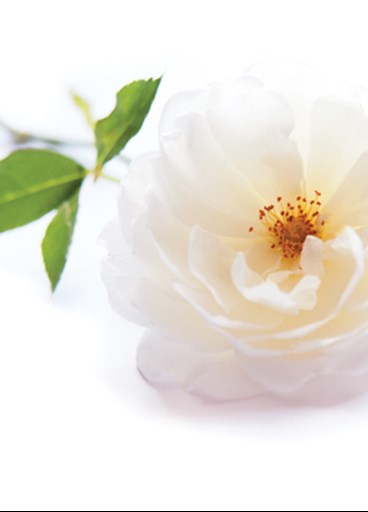Sikh Funerals
This guide will explain what typically happens at a Sikh funeral and the preparations that occur before a Sikh cremation service. From Sikh funeral clothing to funeral prayers and mourning rituals, we’ve compiled all the information you need to know.
Sikh beliefs about death
Sikhs believe in transmigration (karma) of the soul and that death is a natural part of life. They believe human life is an opportunity to break the soul’s cycle of reincarnation and return it to Waheguru, the Sikh name for God. Sikh funerals are known as Antam Sanskaar, meaning “the last rite of passage”, with the focus of the ceremony being a celebration of the soul re-joining Waheguru.
What are Sikh funeral rites?
Sikh funeral rites are a set of traditional religious ceremonies that occur during or around a Sikh funeral. According to Sikh religion, these include, but are not limited to:
- Following Sikh rules surrounding a person who is dying (such as not removing the person from their bed before death or not wasting their clothes)
- The preparation of the body, including bathing and a change of clothes
- The Sikh cremation service, such as prayers and chants
- Religious readings after a Sikh funeral
Sikhs prefer cremation, although burial is permitted if cremation is impossible. A Sikh cremation usually involves ashes being submerged into a river, with no monument erected for the person who has passed away.
Crying out, ‘wailing’ or public displays of emotion are disapproved of, with even the closest of relatives remaining detached. Before the cremation service happens, the body is taken to a place of worship where hymns are sung and Sikh funeral prayers are recited. The length of a Sikh funeral is usually between thirty minutes and an hour, to allow for Sikh funeral prayers read from the religious scripture Guru Granth Sahib.
What to wear to a Sikh funeral?
The Sikh colour of mourning is white, and Sikh funeral clothing should include head covering for both men and women. While white is the best option according to Sikh religion, subdued neutral colours such as black, navy and charcoal grey are also acceptable – particularly if the funeral is taking place in a western country.
Bright colours (especially red) and patterns are considered disrespectful and should be avoided. Sikh funeral clothing is also smart and modest, so avoid showing too much skin and wearing conspicuous jewellery.
What happens before a Sikh funeral?
Arrangements for a Sikh funeral begin immediately after death. Similar to other religions, preparing the body plays an important role; the deceased is usually washed and dressed in clean clothing by close family members prior to the funeral.
The ‘Five Ks’, also referred to as articles of faith, should not be taken off. These include the kangha (a small wooden comb), kirpan knife, kara (iron bracelet), kesh (uncut hair) and a special Sikh garment known as the kachera.
Friends and family then surround the body of the deceased with Sikh funeral flowers, typically orange and white chrysanthemums, which are mourning blooms in India and throughout many parts of Asia. If you’re attending a funeral and would like to send appropriate Sikh funeral flowers, it’s best to consult with the family first.
What happens at a Sikh funeral service?
What happens at a Sikh funeral is ruled by the stipulations of the Sikh religion.
A Sikh funeral service typically takes place at a Gurdwara either before or after the cremation, though it can be held at the family home or at the crematorium. Sikh funeral prayers are usually recited during the service, including a community prayer called Ardas.
What happens at a Sikh cremation ceremony?
Traditionally, cremation is preferred for Sikh funerals, though burial is also accepted if the circumstances do not allow for cremation. At a Sikh cremation ceremony, ashes of the deceased are usually buried or scattered in a river, but this depends on location and family circumstances.
What happens after a Sikh funeral?
After the funeral ceremony, the deceased loved ones will gather together to read the Sri Guru Granth Sahib. This ceremony is known as the Akhand Paatth. The Akhand Paatth usually takes place in a single sitting, which takes three days.
The reading can be done incrementally over a longer period of time if this is more convenient (usually no longer than ten days). If a Sikh cremation is delayed, the family may choose to begin Akhand Paatth before the ceremony.
Sources: Sikhs.org and Sikhiwiki.org
Arrange a Sikh funeral for your loved one
Your local Dignity Funeral Director can cater for any type of religious funeral and will help arrange a fitting service which reflects your loved one's beliefs and final wishes.

